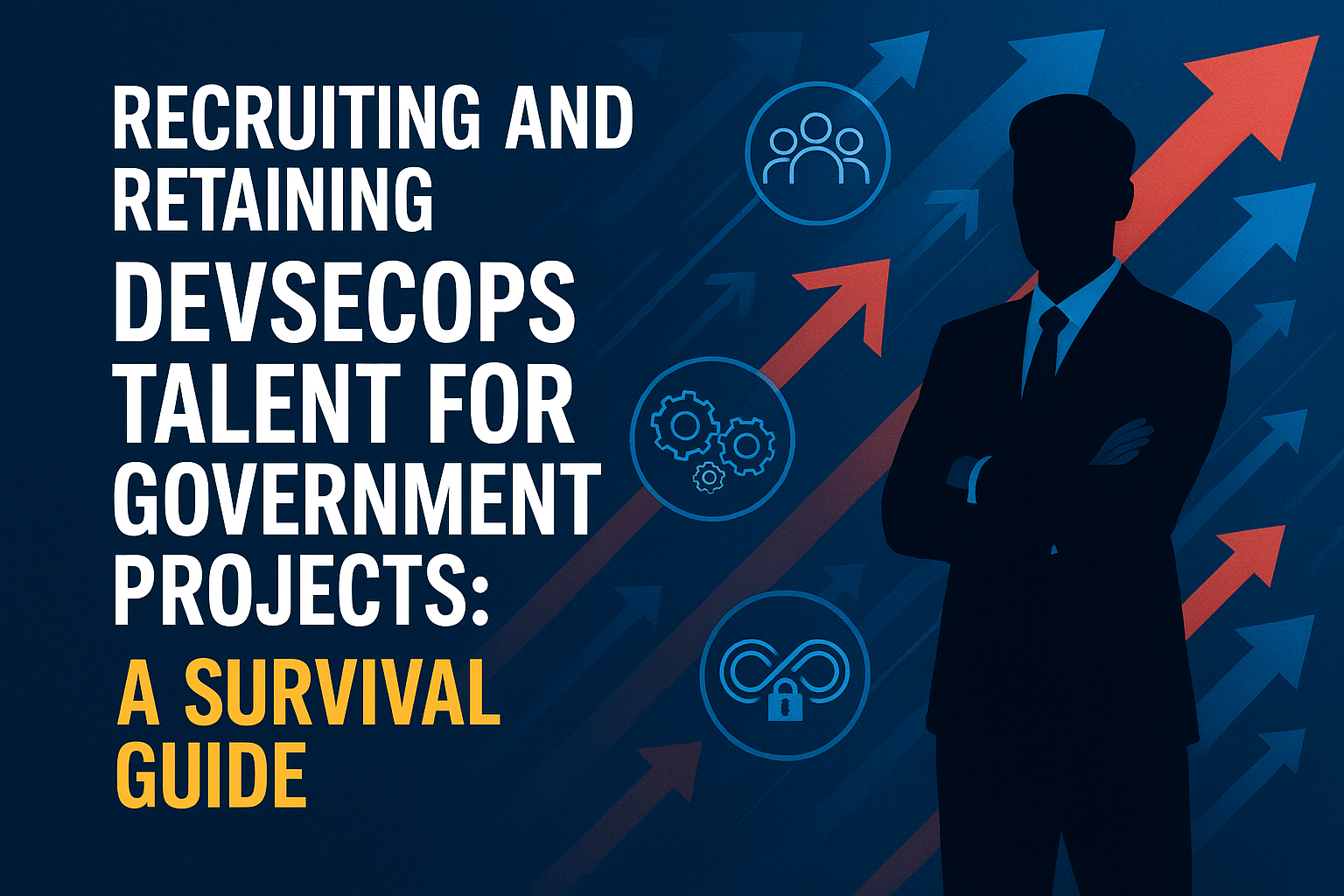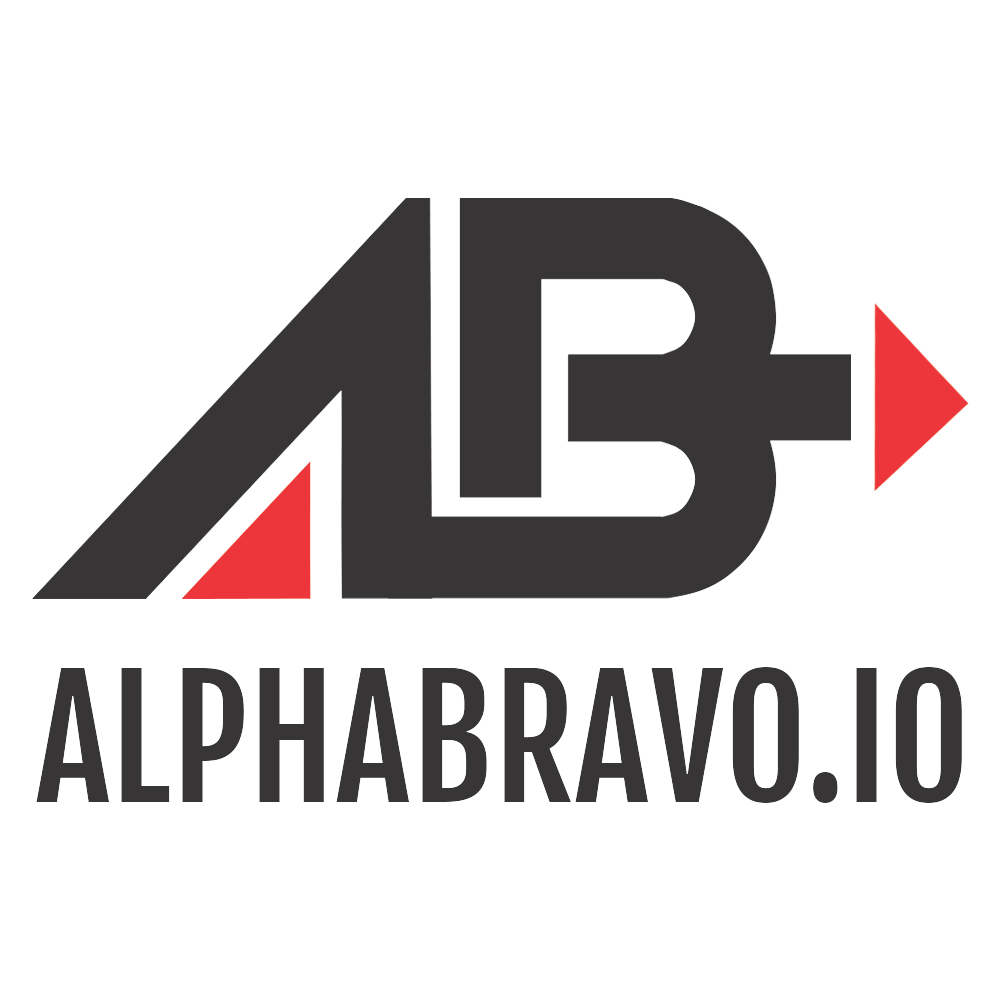Recruiting and Retaining DevSecOps Talent for Government Projects: A Survival Guide

The integration of development, security, and operations has transformed from a "nice-to-have" into a "national-security-depends-on-it" necessity. Today's government agencies face a perfect storm: a critical need for DevSecOps talent colliding with the notorious red tape that makes hiring in government feel like swimming through molasses wearing a three-piece suit.
Understanding the DevSecOps Talent Landscape
Skills Inventory: Beyond the Buzzword Bingo
A top-tier DevSecOps professional needs far more than knowing how to spell "Kubernetes" (though that helps). The ideal candidate combines deep technical skills with security expertise and operational knowledge. They should be proficient in containerization, microservices architectures, automated testing and deployment pipelines, cybersecurity principles, and risk management methodologies.
As one Mexican government organization discovered, implementing DevSecOps requires expertise in "automatize operation within the organization or enterprise using information technologies, software engineering and quality controls... managing work flows, version control, software product release, risk management and security reinforcement".
Market Realities: Silicon Valley vs. the Beltway
Let's acknowledge the elephant in the room: private sector DevSecOps roles typically offer higher salaries, faster hiring processes, cutting-edge technologies, and fewer constraints. As of April 2025, the average DevSecOps Engineer at the Department of Defense earns approximately $139,820, which isn't terrible until you compare it with private sector roles that often exceed this while offering stock options, flexible work arrangements, and free kombucha on tap.
Cleared vs. Un-Cleared: The Security Clearance Conundrum
The security clearance process creates a catch-22 for government DevSecOps hiring. You need cleared professionals to work on sensitive systems, but the clearance process itself is a significant bottleneck. According to recent data, more than 700,000 applicants are waiting for federal background checks, with top security clearances taking over 450 days to process.
This creates a severely limited talent pool of "pre-cleared" individuals who become highly sought after. In 2018 alone, there were over 115,000 job postings requesting security clearances, with the Washington metropolitan area leading the demand.
Challenges Unique to Government Projects
Bureaucratic Speed Limits: The Hurry-Up-and-Wait Hiring Process
While a typical private sector tech hiring process might take weeks, government hiring timelines stretch into months or even years. Reddit users in federal hiring discussions report an average of 6-8 months from application to first day on the job. Add a security clearance requirement, and you're looking at potentially 1-2 years.
One contractor noted: "Right now, I have over a dozen people in some level of clearance processing whose offers were extending between December 2018 and February 2019 who still have not started…it's averaging 44 days for individuals to start. That is compared to about 10-14 days for the commercial market".
By the time you've completed your government hiring process, your ideal candidate has probably accepted three other jobs, completed them successfully, and moved on to their next opportunity.
Compensation Gaps: When Money Talks, Government Mumbles
While government salaries for DevSecOps roles are becoming more competitive, they still often lag behind private sector equivalents, especially when factoring in bonuses, stock options, and rapid advancement opportunities. The salary range for DevSecOps Engineers at the Department of Defense typically falls between $124,668 and $156,963, which might not compete with private sector packages for top talent.
Cultural Gaps: Agile Meets Waterfall, Awkwardness Ensues
DevSecOps thrives in environments that embrace automation, rapid iteration, and collaborative problem-solving. Many government agencies still operate with siloed teams, hierarchical decision-making structures, and processes designed for waterfall development methodologies.
As noted in a DevSecOps implementation study, "One of the most significant hurdles government agencies face when implementing DevSecOps is overcoming the inherent bureaucracy that slows down innovation and software deployment". These agencies are some of the world's largest bureaucracies, making cultural transformation particularly challenging.
Compliance Overload: Drowning in Documentation
Government projects come with rigorous compliance requirements-many for good reason-but the sheer volume can overwhelm even the most dedicated engineers. The DoD DevSecOps Fundamentals Guidebook outlines numerous security tools that must be implemented, including runtime defense, vulnerability management, artifact repositories, and zero trust architecture. DevSecOps professionals often join the field because they love building and improving systems, not because they dream of documenting compliance with 47 different regulatory frameworks.
Recruitment Strategies That Actually Work
Speed Up or Lose Out: Streamlining Within Constraints
Some government agencies are getting smarter about hiring timelines, setting goals to make selections within 15 days of finalizing a list of eligible candidates. While you can't eliminate all bureaucracy, you can:
- Create clear, realistic job descriptions that avoid unnecessary requirements
- Establish a "fast track" for technical roles with critical shortages
- Implement rolling applications rather than fixed closing dates
- Maintain regular communication with candidates throughout the process
Remember: Every week added to your hiring process is another week your ideal candidate might accept a private sector offer.
Creative Comp Packages: Beyond the Basic Salary
Government agencies may have less flexibility on base salaries, but can get creative with other incentives:
- Recruitment bonuses and retention incentives for critical positions
- Student loan repayment programs
- Sponsored security clearances (a significant career asset)
- Remote work and flexible schedules
- Paid training and certification programs like Certified Kubernetes Application Developer (CKAD) or Red Hat Certified Engineer (RHCE)
A sponsored TS/SCI clearance can be worth tens of thousands in future earning potential-market this benefit explicitly to candidates.
Mission-Driven Marketing: Sell the "Make a Difference" Narrative
Government projects offer something many private sector roles can't: direct impact on national security, public safety, or essential services. In marketing to candidates, emphasize that "software is eating the world" rings especially true in the context of government and defense, where "the ability to wield software effectively has become a decisive factor, not just in the commercial sector, but also on the battlefield and in the delivery of essential services to citizens".
Highlight that "in today's world, the last place we can afford to be disrupted is on the battlefield or in delivering critical government services". This mission-driven approach can attract professionals seeking purpose beyond profit.
Strategic Partnerships: Tapping into Specialized Talent Pools
Develop relationships with key talent sources:
- Universities with strong cybersecurity and development programs
- Military transition programs (veterans often already have clearances)
- Technical bootcamps focusing on DevOps and security
- Professional associations and technical communities
- Internal training programs to upskill existing employees
The Capital Region (spanning Baltimore to Richmond) has the highest concentration of security-cleared job postings nationwide, creating opportunities for regional talent development partnerships.
Recruiter Special Ops: Specialized Recruiters Who Speak DevSecOps
General government recruiters often lack the technical understanding to evaluate DevSecOps talent effectively. Consider:
- Training dedicated technical recruiters who understand DevSecOps concepts
- Involving technical team members in recruitment processes
- Attending DevSecOps-specific conferences and events
- Creating technical challenges that simulate actual work rather than theoretical questions
Retention: Keeping Talent After You Catch It
Continuous Learning Culture: Certs, Clearances, and Career Paths
Top DevSecOps professionals expect continuous growth. Government agencies can retain talent by:
- Sponsoring relevant certifications (CKAD, RHCE, CJE, HashiCorp Terraform)
- Creating internal communities of practice
- Allocating work time for skills development
- Supporting conference attendance and industry engagement
- Establishing clear technical career paths that don't require moving into management
Nicolas Chaillan, the Air Force's chief software officer, notes that successful DevSecOps implementation "requires that government users continuously learn new skills".
Autonomy and Trust: Let Experts Be Experts
DevSecOps professionals thrive when given appropriate autonomy. Within security and compliance boundaries:
- Empower teams to select appropriate tools and approaches
- Focus on outcomes rather than strict methodologies
- Reduce unnecessary approval chains for technical decisions
- Create space for innovation and experimentation
The most successful DevSecOps teams are characterized by "low redundancy, high collaboration, and repeatability," where "automation and auditability are prioritized, usurping subjective decision-making to create adaptive technological solutions".
Modernizing Work Environments: Non-Soul-Sucking Processes
Nothing drives away technical talent faster than being forced to use outdated tools and processes. Progressive government agencies are:
- Implementing cloud-native development environments
- Adopting modern CI/CD pipelines
- Automating security testing and compliance verification
- Establishing internal developer platforms
The Department of Defense's "Iron Bank" of hardened containers represents one successful approach, described as "the DoD enterprise artifact repository for hardened software artifacts, including containers".
Recognition and Impact Visibility: Showing How Their Work Matters
Engineers want to see their work making a difference. When leadership in the federal government actively supports DevSecOps practices, it "not only enhances security but also drives efficiency, innovation, and collaboration". Make sure your team sees this impact through:
- Regular updates on how their systems are supporting the mission
- Recognition of technical achievements (not just years of service)
- Opportunities to brief leadership on technical innovations
- Clear metrics showing system improvements and impact
Internal Mobility: Building Careers Inside Government Projects
Create pathways for growth that don't require leaving government service:
- Rotational programs across different projects or agencies
- Technical specialization tracks
- Opportunities to lead innovative initiatives
- Cross-training across different domains
- Details to other agencies or special projects
Case Studies and Lessons Learned
Success Story: Air Force Platform One
The U.S. Air Force's Platform One software development program demonstrates that DevSecOps can thrive in government environments. By embracing DevSecOps practices, the Air Force has significantly accelerated software delivery while maintaining security standards. Key success factors included:
- Strong leadership commitment to DevSecOps principles
- Investment in modern development environments
- Focus on automating security throughout the pipeline
- Creation of reusable, secure components
- Continuous learning culture for team members
Epic Fail: The Six-Month Exodus
One defense contractor (Apex Systems) reported: "In our D.C. Federal Branch alone, we have upwards of 120 plus offers pending a clearance process at any given time-these are people who have accepted an offer and are waiting to go in ... we probably lose about 20-30 percent of placements by the time... they are cleared".
This experience highlights how the clearance process alone can decimate your recruitment pipeline, with nearly a third of qualified candidates walking away before they can even start.
What Worked, What Crashed
What Worked:
- Agencies that implemented responsive infrastructure with cybersecurity for automated high availability processes
- Teams that integrated security early and continuously throughout the software development lifecycle
- Streamlined hiring processes yielding better candidates
- Benefits of DevSecOps including "reducing vulnerabilities, malicious code and other security issues in released software"
What Crashed:
- Waiting until production phases to address security, forcing teams to "walk that whole process back to the beginning"
- Treating security as a final checkpoint rather than an integrated process
- Neglecting to "architect for security at the beginning, the planning phases"
- Assuming cleared professionals would accept lower salaries for patriotism alone
The Hard Truth: Modern Talent Requires Modern Recruitment
The digital landscape has left no sector untouched, including government and defense. In these critical areas, where the stakes are extraordinarily high, the necessity for digital transformation has never been more urgent. Agencies clinging to outdated recruitment methods and work environments will find themselves increasingly vulnerable as the talent gap widens.
A DevSecOps approach helps governments "reduce expenses and encourage more transparency during IT development" while shortening time-to-value. But these benefits can only be realized with the right talent in place.
The agency that can attract and retain top DevSecOps talent doesn't just fill positions-it ensures that the systems protecting national interests are built and maintained by the best minds in the field. As cyber threats grow more sophisticated and digital services become more critical, the battle for DevSecOps talent isn't just about staffing-it's about national security itself.

